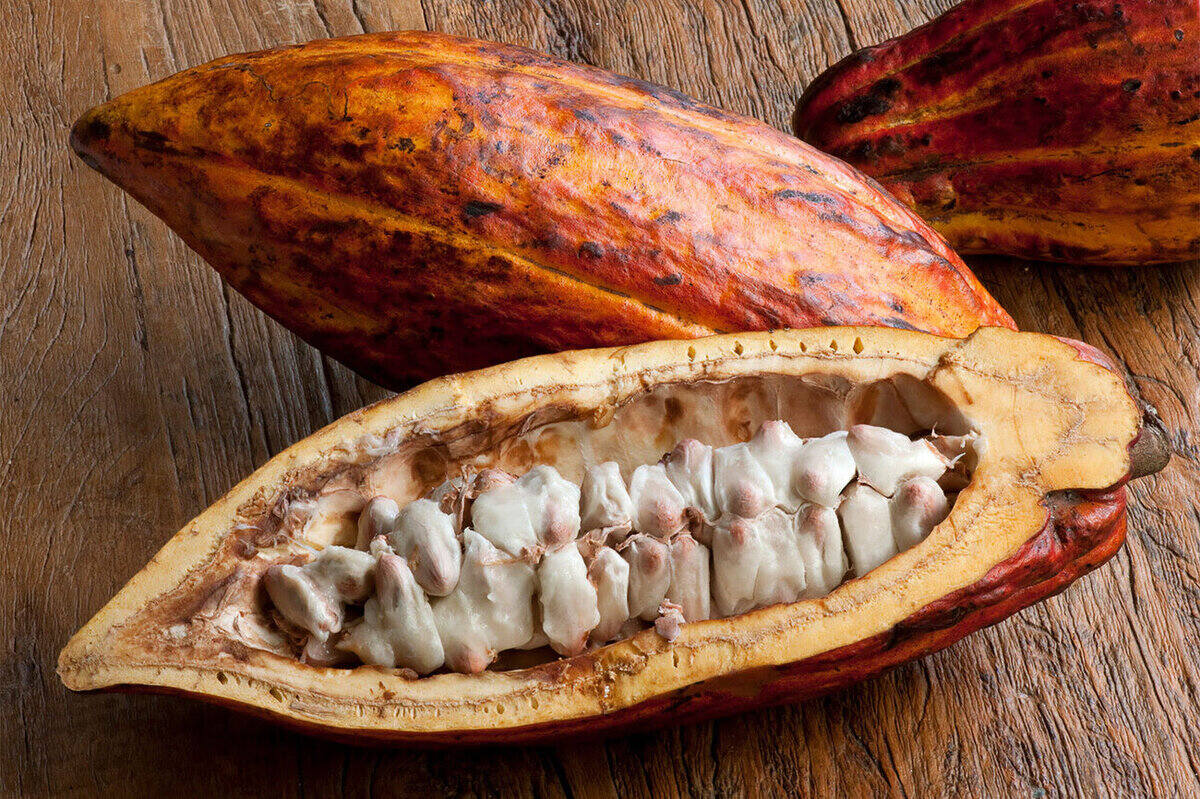

Articles
How To Store Cacao Fruit
Modified: January 6, 2024
Discover the best methods for storing cacao fruit in this informative article. Learn how to preserve its freshness and maximize its flavor.
(Many of the links in this article redirect to a specific reviewed product. Your purchase of these products through affiliate links helps to generate commission for Storables.com, at no extra cost. Learn more)
Introduction
Welcome to the world of cacao, the magical fruit that gives us the heavenly delight known as chocolate. Cacao, pronounced as “kuh-kow”, is the key ingredient behind some of the most beloved treats enjoyed by people worldwide.
But before the cacao bean can be transformed into delectable chocolate, it starts its journey as a humble fruit. The cacao fruit, also known as cacao pod, grows on trees called Theobroma cacao, which translates to “food of the gods.” The fruit is vibrant and colorful, with a complex flavor profile that ranges from sweet and tangy to fruity and nutty.
Once harvested, the cacao fruit needs to be stored properly to preserve its freshness and ensure it can be processed into high-quality chocolate. In this article, we will explore the steps involved in storing cacao fruit, from selecting ripe fruit to monitoring its condition during storage.
So, if you’re a cacao enthusiast or a chocolate lover curious about the journey of this incredible fruit, read on to discover how to store cacao fruit and keep it in perfect condition for future chocolate-making endeavors.
Key Takeaways:
- Selecting ripe cacao fruit is essential for optimal flavor and storage longevity. Consider color, texture, weight, and fragrance when choosing the perfect cacao pods for future chocolate-making endeavors.
- Proper storage conditions, including temperature, ventilation, and protection from sunlight and odors, are crucial for preserving the freshness and quality of cacao fruit. Regular monitoring and timely action help maintain exceptional flavors for chocolate creation.
Read more: How To Store Fruit
Selecting Ripe Cacao Fruit
When it comes to selecting cacao fruit for storage, it’s important to choose ripe fruit. The ripeness of the fruit not only impacts its flavor but also determines how long it can be stored before the quality starts to decline.
Here are some tips to help you select ripe cacao fruit:
- Color: Look for cacao fruit that has a deep, rich color. Mature cacao pods come in various shades, ranging from yellow to red or purple, depending on the variety. Avoid green or unripe fruit as it may not develop its full flavor potential.
- Texture: Gently squeeze the cacao fruit to check its firmness. Ripe cacao pods should have a slightly soft texture but still maintain their shape. Avoid fruit that feels overly mushy or has blemishes, as it may indicate spoilage.
- Weight: Ripe cacao fruit tends to be heavier than unripe ones. When selecting cacao pods, go for those that feel weightier in your hand as they are more likely to contain developed beans.
- Fragrance: Take a whiff of the cacao fruit to detect its aroma. Ripe cacao pods typically have a sweet and fruity scent. If the fruit smells musty or sour, it may be a sign of spoilage.
It’s worth noting that the ripeness of cacao fruit can vary depending on the specific variety and regional factors. Therefore, it’s recommended to consult with local farmers or experts who are familiar with the characteristics of the cacao variety you are working with.
By selecting ripe cacao fruit, you’ll ensure that the flavor of the beans is at its best and that you have a solid foundation for creating delicious chocolate.
Harvesting Cacao Pods
Harvesting cacao pods is a crucial step in the journey from tree to chocolate. It requires precision and care to ensure that the fruit is harvested at peak ripeness, maximizing its flavor potential. Here are the key considerations when harvesting cacao pods:
- Timing: Cacao pods should be harvested when they reach full maturity. This is usually indicated by their color, which changes depending on the variety. For example, yellow-colored pods are typically ripe for harvest, while green pods are still developing. It’s important to have a good understanding of the specific cacao variety you are working with and the ideal harvest time for that particular variety.
- Tools: Harvesting cacao pods requires the use of sharp tools such as machetes or pruning shears. Ensure that these tools are properly maintained and sharpened to make clean cuts and minimize damage to the tree and fruit.
- Cutting Technique: When harvesting cacao pods, it’s essential to make a clean cut near the stem of the fruit. This helps to avoid damage to the tree and surrounding pods. Carefully slice through the stem, ensuring not to bruise or crush the pod in the process.
- Basket or Container: As you harvest the cacao pods, place them in a clean and sturdy basket or container. Avoid overfilling the container to prevent the pods from getting squished or damaged.
- Protective Gear: Wear protective gloves to avoid any potential injuries while handling the tools or touching the cacao pods. Some varieties of cacao tree have thorny stems or branches, so taking precautions is important for your safety.
It’s crucial to emphasize the importance of sustainable harvesting practices. To ensure the long-term viability of cacao production, it’s essential to avoid damaging the cacao trees or harming their delicate ecosystems during the harvest process.
By observing these guidelines, you can help preserve the quality of the cacao pods and contribute to the sustainable cultivation of this extraordinary fruit.
Preparing Cacao Pods for Storage
Once the cacao pods have been harvested, it’s essential to prepare them properly for storage to maintain their freshness and quality. Here are the steps to follow when preparing cacao pods for storage:
- Cleaning: Start by gently cleaning the exterior of the cacao pods. Use a soft cloth or brush to remove any dirt or debris that may be present on the surface. This step helps prevent the growth of mold or bacteria during storage.
- Drying: After cleaning, allow the cacao pods to dry naturally in a well-ventilated area. It’s crucial to ensure that the pods are completely dry before moving on to the next step. Moisture can lead to the growth of mold, which can spoil the fruit.
- Opening the Pods: Once the cacao pods are dry, carefully open them to reveal the beans inside. You can use a knife or similar tool to make a clean cut along the length of the pod. Take caution to avoid cutting the beans in the process.
- Removing the Beans: Extract the cacao beans from the pods. They are typically embedded in a sweet, mucilaginous pulp. Gently separate the beans from the pulp, making sure to discard any damaged or unripe beans.
- Sorting: Sort the cacao beans to eliminate any remaining pulp or debris. Inspect each bean and remove any foreign matter that may be present. This step helps ensure that only the highest-quality beans are included in the storage batch.
- Air Drying: After sorting, spread the cacao beans evenly on a clean surface or drying tray. Allow them to air dry in a well-ventilated area for several days. Stir or turn the beans periodically to ensure even drying and prevent the formation of mold.
It’s important to note that the drying process may vary depending on the specific environmental conditions and the desired moisture content of the beans. Proper air drying helps reduce the moisture level, allowing for longer storage time without the risk of spoilage.
By following these steps, you can ensure that the cacao beans are well-prepared for storage, which will preserve their quality and flavor for later use in chocolate making.
Store cacao fruit in a cool, dry place away from direct sunlight. It can be kept at room temperature for a few days, or in the refrigerator for up to two weeks. For longer storage, freeze the fruit in an airtight container for up to six months.
Storing Cacao Fruit
Proper storage of cacao fruit is crucial to maintain its freshness and prevent spoilage. Here’s what you need to know about storing cacao fruit:
- Temperature: Cacao fruit is sensitive to temperature fluctuations. It should be stored in a cool and dry place with a temperature ideally around 60-70 degrees Fahrenheit (15-21 degrees Celsius). Avoid exposure to extreme heat or cold, as it can affect the fruit’s quality.
- Avoid Sunlight: Cacao fruit should be stored away from direct sunlight. Ultraviolet (UV) rays can degrade the quality of the fruit and accelerate spoilage. Choose a storage location that is dark or has minimal exposure to light.
- Ventilation: Adequate air circulation is essential for storing cacao fruit. Ensure that the storage area is well-ventilated to prevent the accumulation of moisture, which can lead to mold growth. Avoid storing the fruit in airtight containers or bags.
- Container Selection: Opt for containers that allow for proper airflow and provide protection against pests. Food-grade plastic or glass containers with tight-fitting lids can be suitable for storing cacao fruit. Alternatively, you can use breathable bags made of natural materials, such as jute or burlap.
- Separate from Strong Odors: Cacao fruit can absorb odors from strong-smelling substances. To preserve its natural flavor, store it away from items with pungent odors, such as spices, onions, or cleaning chemicals.
- Elevation: In areas with high humidity, consider storing cacao fruit in an elevated location to reduce the risk of moisture absorption. Elevated storage helps maintain better air circulation around the fruit and minimizes contact with potentially damp surfaces.
It’s important to periodically inspect the stored cacao fruit for any signs of spoilage or mold growth. Remove any damaged or spoiled fruit immediately to prevent the spread of deterioration to the rest of the batch.
By adhering to these storage guidelines, you can prolong the shelf life of cacao fruit and preserve its freshness and flavor until you’re ready to use it for chocolate-making or other culinary pursuits.
Read more: How To Plant Cacao Seeds
Monitoring Cacao Fruit During Storage
Keeping a close eye on the condition of cacao fruit during storage is essential to prevent spoilage and ensure its quality remains intact. Here are some important aspects to consider when monitoring cacao fruit:
- Regular Inspection: Periodically inspect the stored cacao fruit for any signs of deterioration or mold growth. Look for changes in color, texture, or smell that may indicate spoilage. If you notice any fruit showing signs of damage or mold, remove it immediately to prevent the spread of contamination.
- Temperature Control: Monitor the storage temperature consistently to ensure it remains within the recommended range of 60-70 degrees Fahrenheit (15-21 degrees Celsius). Fluctuations in temperature can accelerate spoilage and affect the overall quality of the fruit.
- Relative Humidity: Pay attention to the humidity levels in the storage area. High humidity can lead to moisture accumulation, increasing the risk of mold growth. Use a humidity meter to keep track of the relative humidity and take any necessary measures to maintain an optimal level, ideally around 50-60%.
- Air Circulation: Check that there is sufficient airflow around the stored cacao fruit. Inadequate ventilation can lead to the build-up of moisture, which promotes mold growth. Consider using fans or opening windows to improve air circulation if needed.
- Pest Control: Monitor the storage area for any signs of pests, such as insects or rodents, which can damage the cacao fruit. Take preventive measures to keep pests away, such as sealing any cracks or entry points and using natural pest repellents if necessary.
- Labeling and Rotation: If storing multiple batches of cacao fruit, properly label and date each batch. Establish a first-in, first-out (FIFO) system to ensure older fruit is used first, reducing the risk of spoilage due to prolonged storage.
By regularly monitoring the condition of the stored cacao fruit, you can take timely action to address any issues and maintain the quality of the fruit for a longer period of time.
Remember, the quality of the cacao fruit plays a significant role in determining the final taste and aroma of the chocolate it produces. Proper monitoring and care during storage will help preserve the exceptional flavors locked within the fruit.
Tips for Extending the Shelf Life of Cacao Fruit
To ensure that your cacao fruit stays fresh and maintains its quality for an extended period, here are some helpful tips to consider:
- Proper Harvesting: Harvest the cacao pods at the right stage of ripeness, taking care not to damage the fruit or surrounding pods. Selecting fully mature fruit ensures a longer shelf life.
- Thorough Cleaning: Before storage, make sure to clean the cacao fruit thoroughly, removing any dirt or debris. This helps prevent the growth of mold or bacteria during storage.
- Adequate Drying: Ensure that the cacao pods and beans are completely dry before storing them. Moisture can lead to spoilage, so allow them to air dry in a well-ventilated area for several days.
- Appropriate Storage Conditions: Store the cacao fruit in a cool, dry, and dark place with a consistent temperature. Avoid exposure to direct sunlight, high humidity, or extreme temperature fluctuations, as these can degrade the quality of the fruit.
- Proper Packaging: Choose suitable containers that allow for proper airflow and provide protection against pests. Food-grade plastic or glass containers with tight-fitting lids, or breathable bags made of natural materials, work well for storing cacao fruit.
- Keep Away from Strong Odors: Store the cacao fruit away from items with strong odors, as they can be absorbed by the fruit and affect its taste. Keep it separate from spices, onions, or cleaning chemicals.
- Regular Inspection: Periodically check the stored cacao fruit for any signs of spoilage, mold, or insect infestation. Promptly remove any damaged or spoiled fruit to prevent contamination.
- Labeling and Rotation: If storing multiple batches, properly label and date each one. Follow a first-in, first-out (FIFO) system to consume the older fruit first, ensuring freshness and reducing waste.
- Avoid Excessive Handling: Limit unnecessary touching or moving of the cacao fruit, as it can cause bruising or damage. Handle with care to retain its quality.
- Consider Freezing: If you need to store cacao fruit for a longer period, consider freezing it. Place the fruit in airtight containers or freezer bags and freeze it. Thaw before use, ensuring that it reaches room temperature.
By following these tips, you can extend the shelf life of cacao fruit, ensuring that it remains fresh and ready to be transformed into delightful chocolate creations.
Conclusion
Storing cacao fruit properly is crucial to preserve its freshness and quality, allowing it to be transformed into delicious chocolate. By selecting ripe cacao fruit and following the necessary steps for harvesting, cleaning, and drying, you set the foundation for successful storage.
When storing cacao fruit, it’s essential to consider factors such as temperature, ventilation, sunlight exposure, and protection from pests. Monitoring the fruit during storage, maintaining the ideal conditions, and promptly addressing any issues can significantly extend its shelf life.
Remember to periodically inspect the stored cacao fruit for signs of spoilage or mold growth, and remove any damaged fruit immediately to prevent contamination. By adhering to the recommended storage guidelines and employing good practices, you can ensure that your cacao fruit retains its exquisite flavors until you’re ready to use it.
Whether you’re a chocolate enthusiast or an aspiring chocolatier, taking proper care of your cacao fruit will contribute to the creation of exceptional chocolate creations. So, follow these tips, let your imagination run wild, and indulge in the magic of cacao!
Frequently Asked Questions about How To Store Cacao Fruit
Was this page helpful?
At Storables.com, we guarantee accurate and reliable information. Our content, validated by Expert Board Contributors, is crafted following stringent Editorial Policies. We're committed to providing you with well-researched, expert-backed insights for all your informational needs.
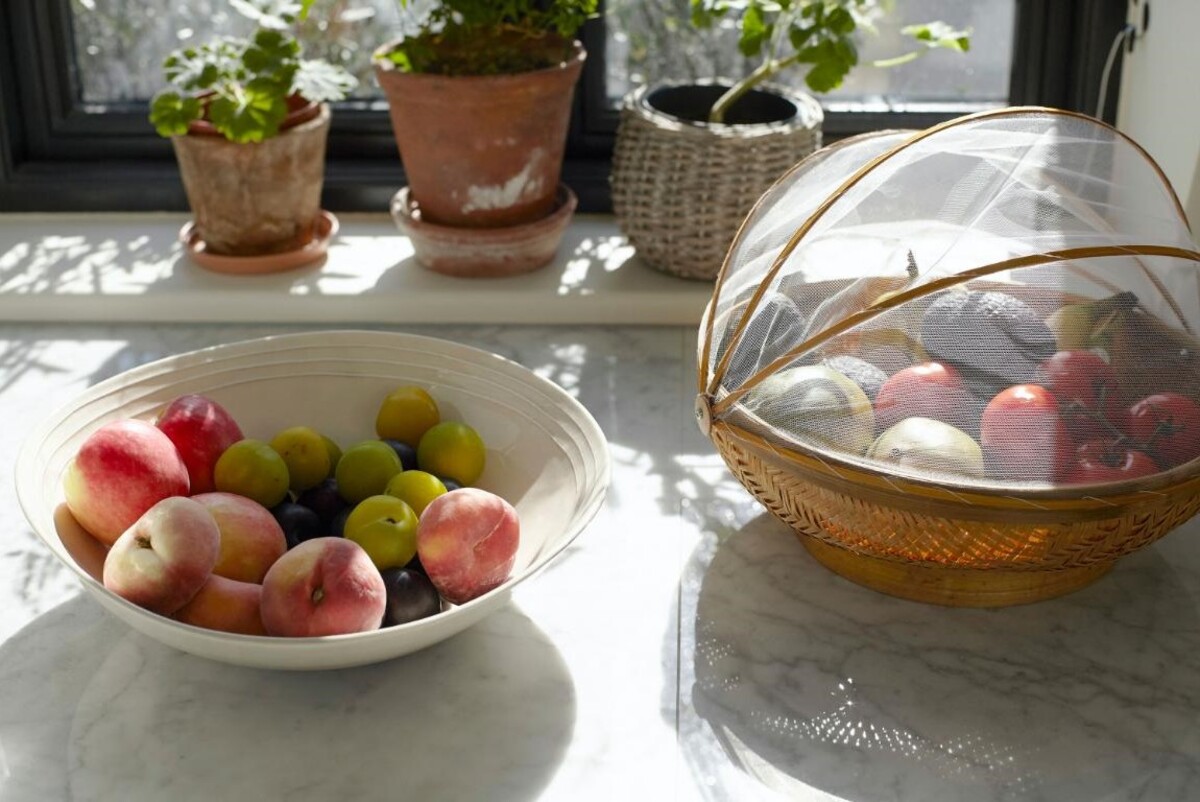
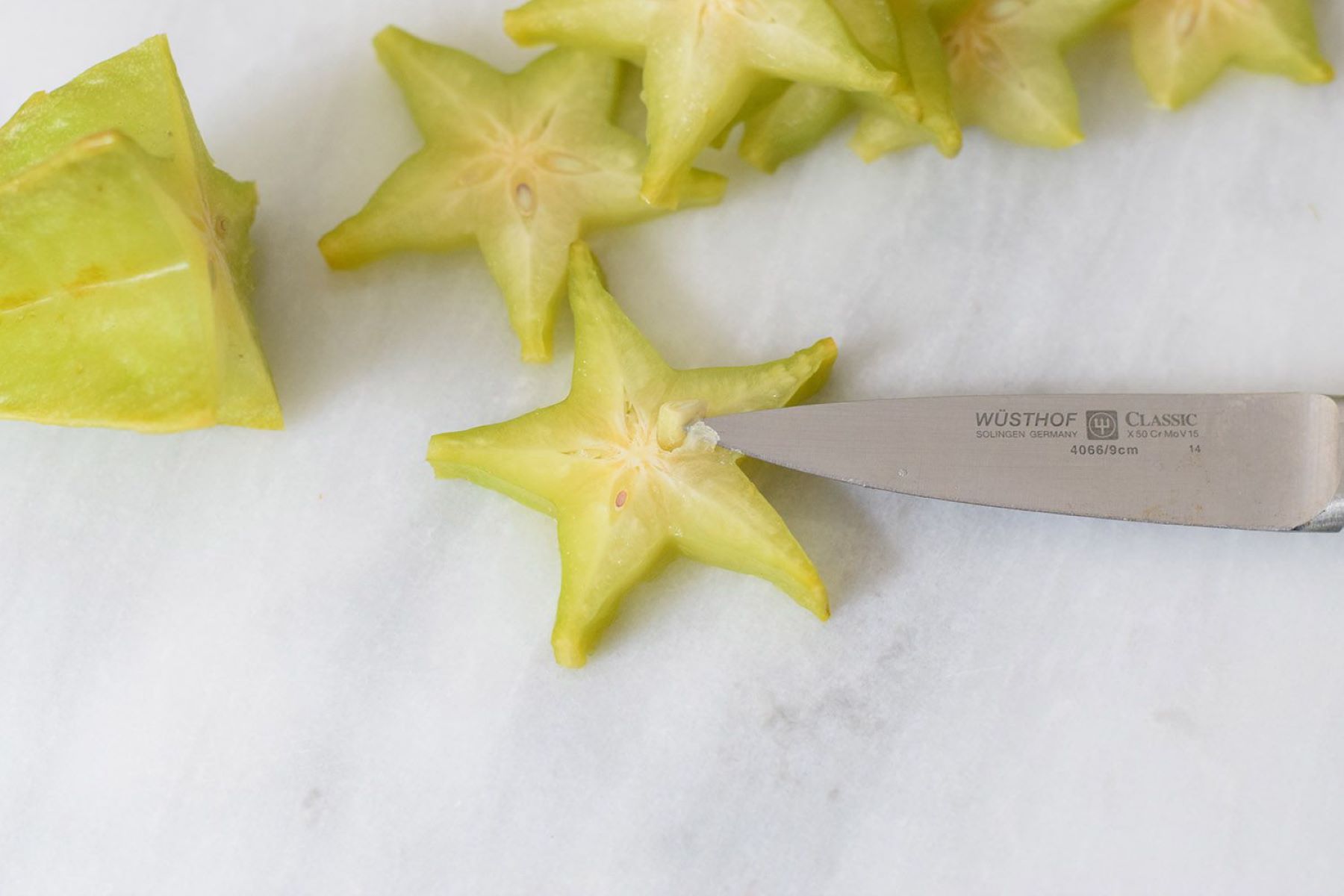
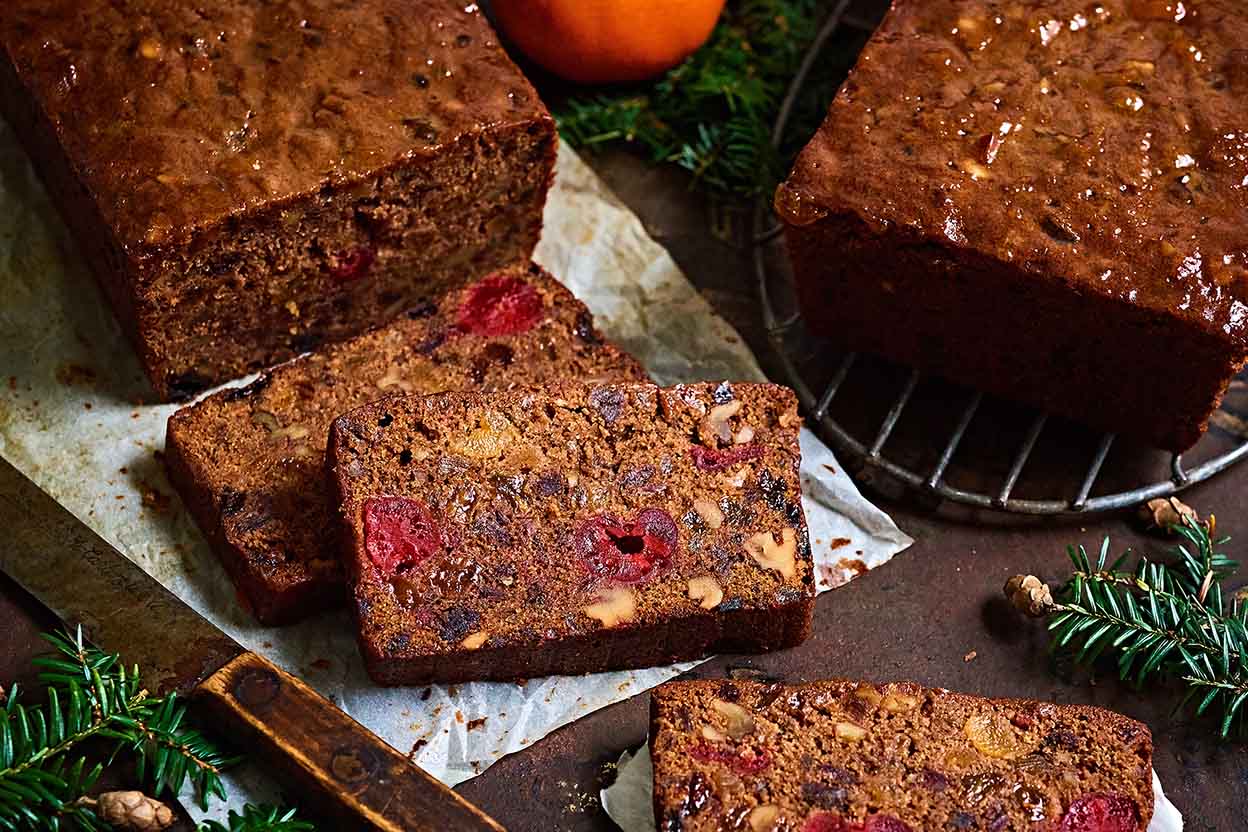
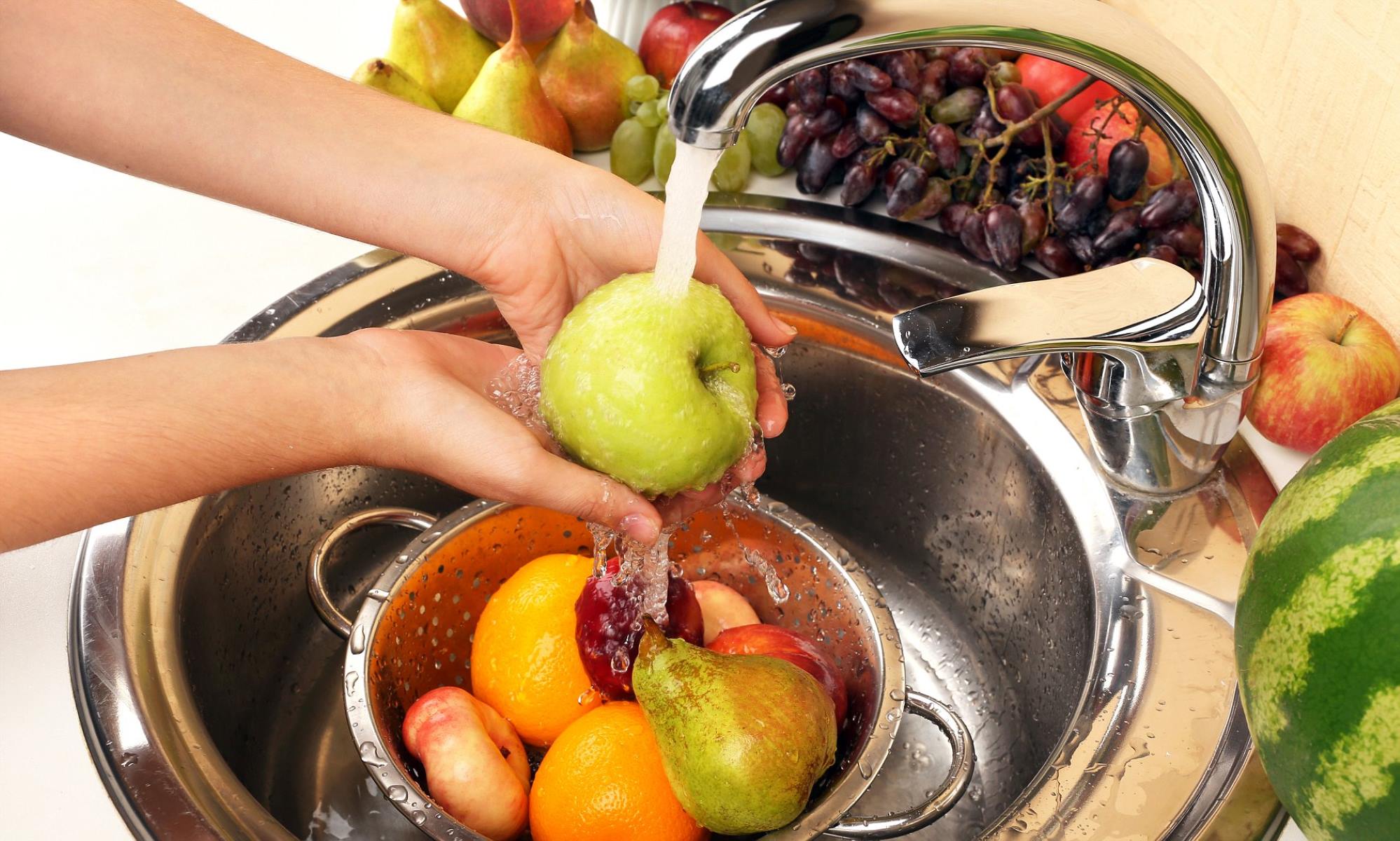
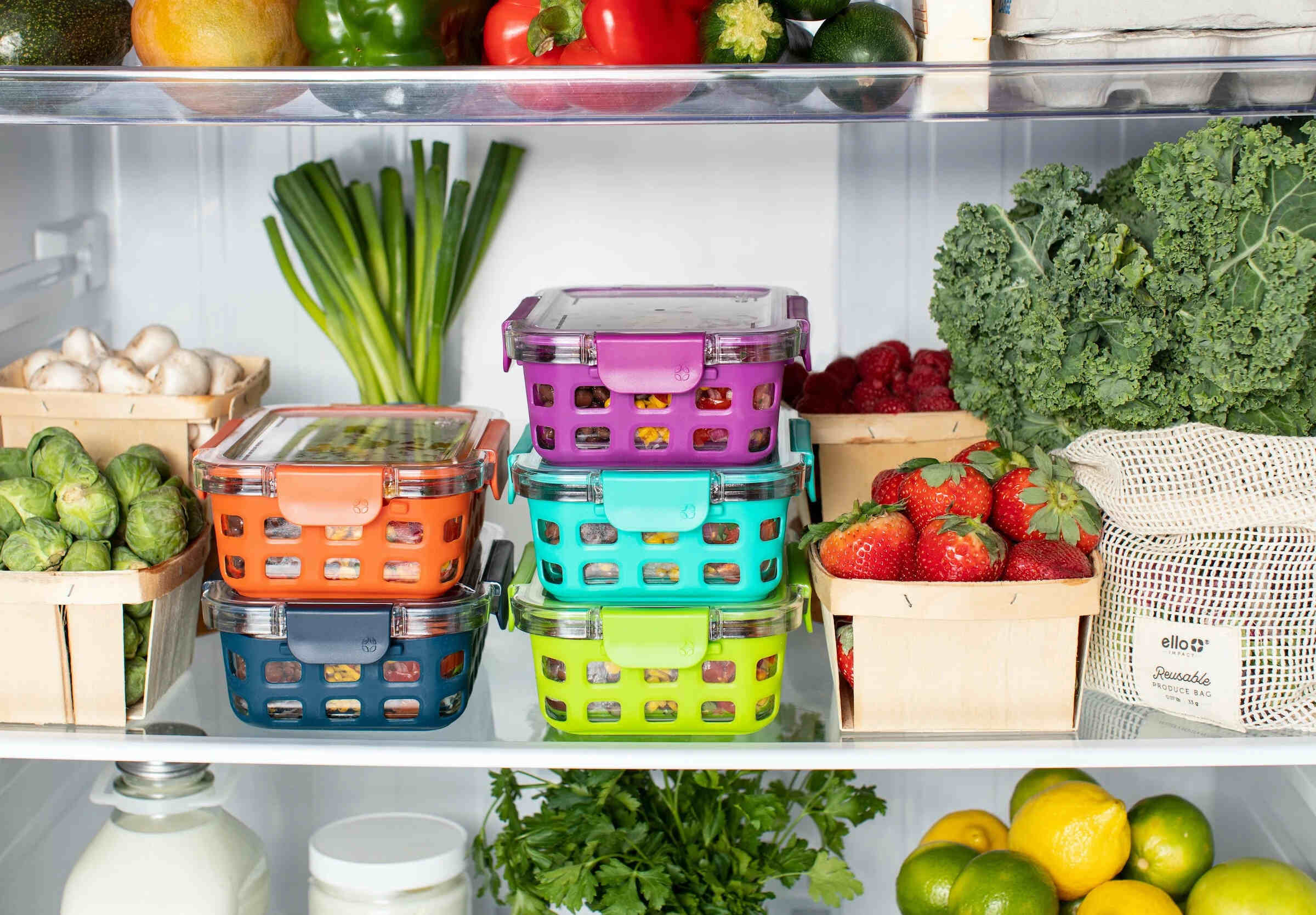
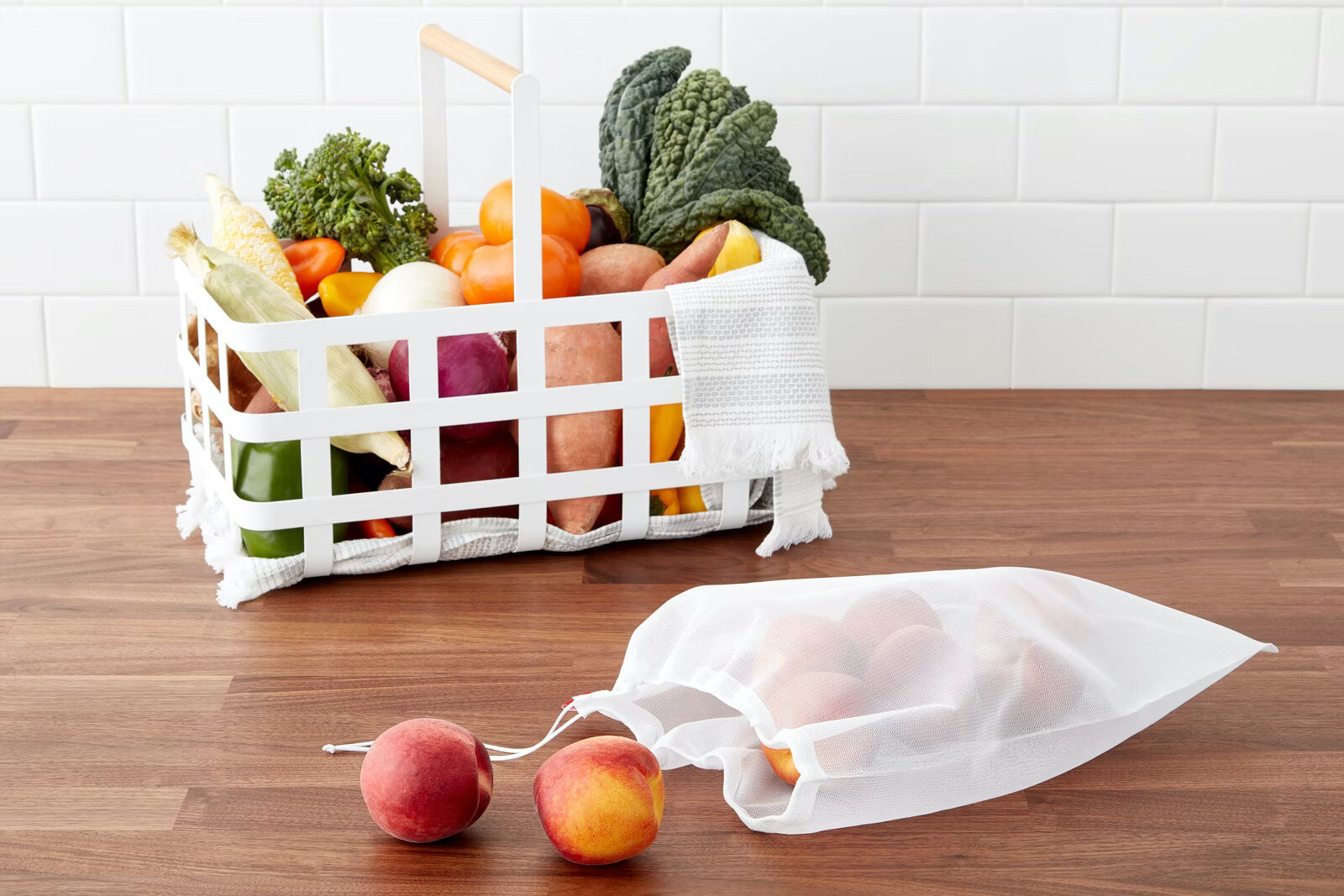
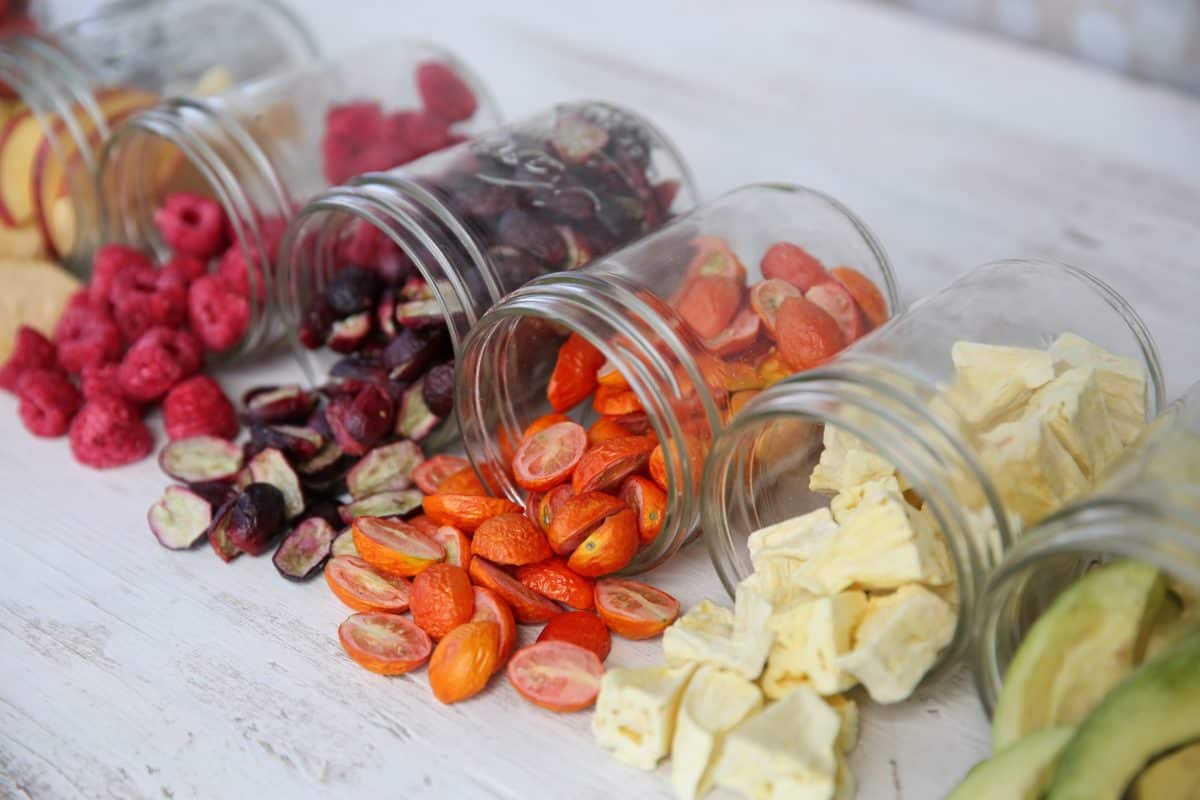
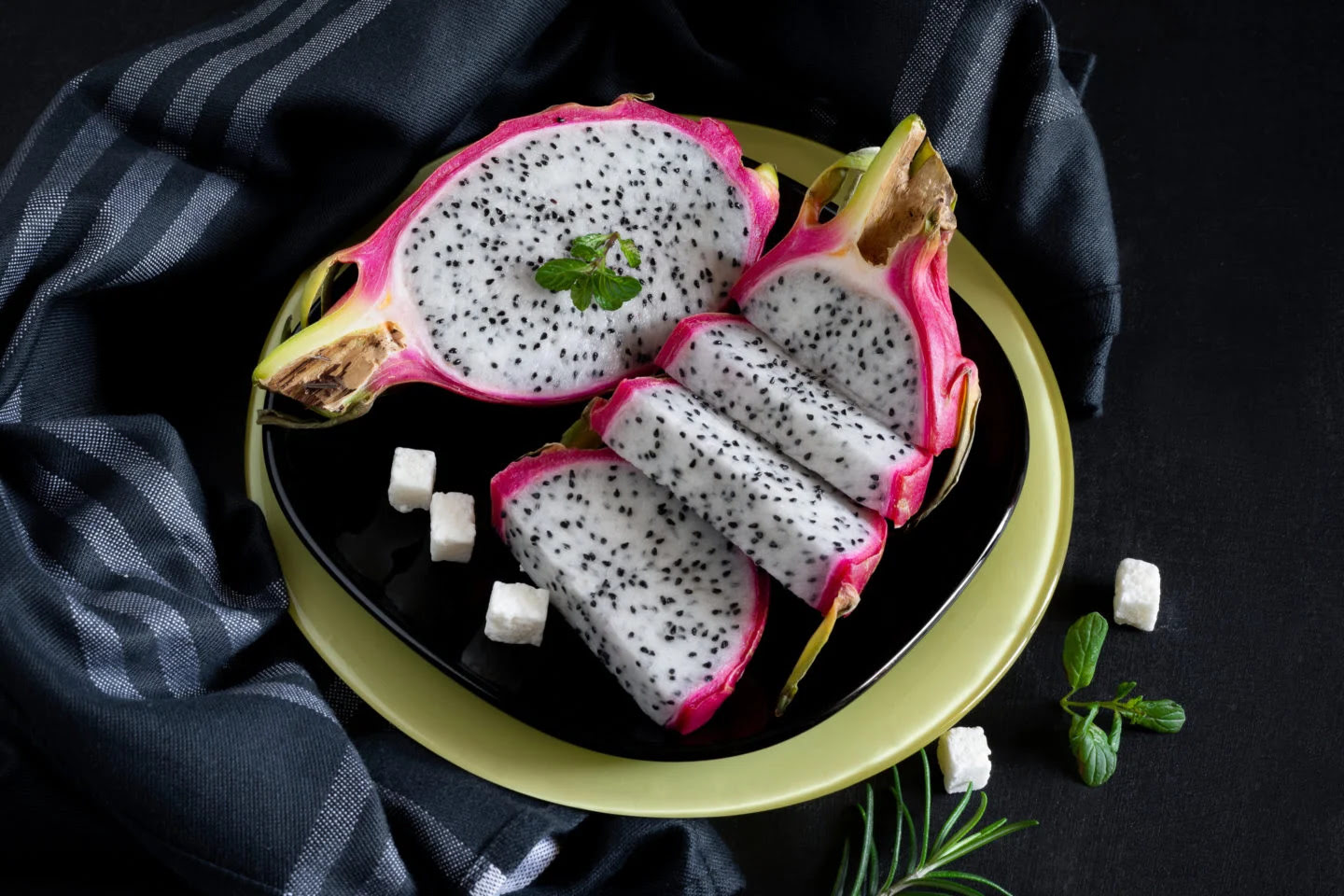

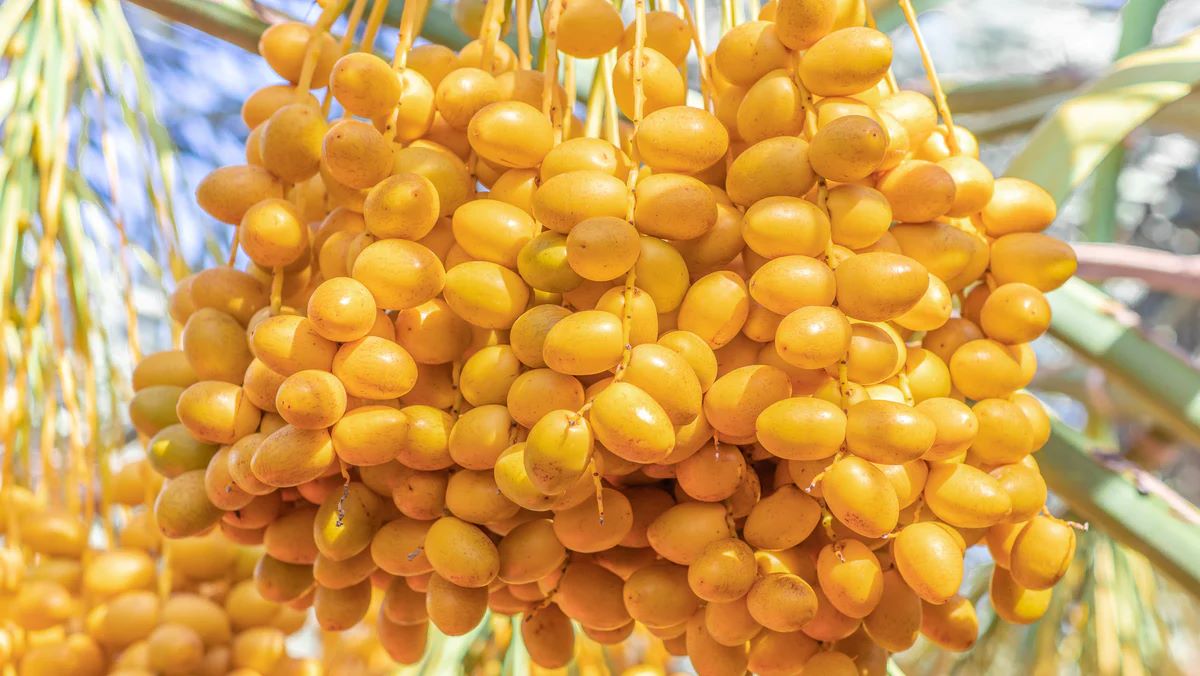
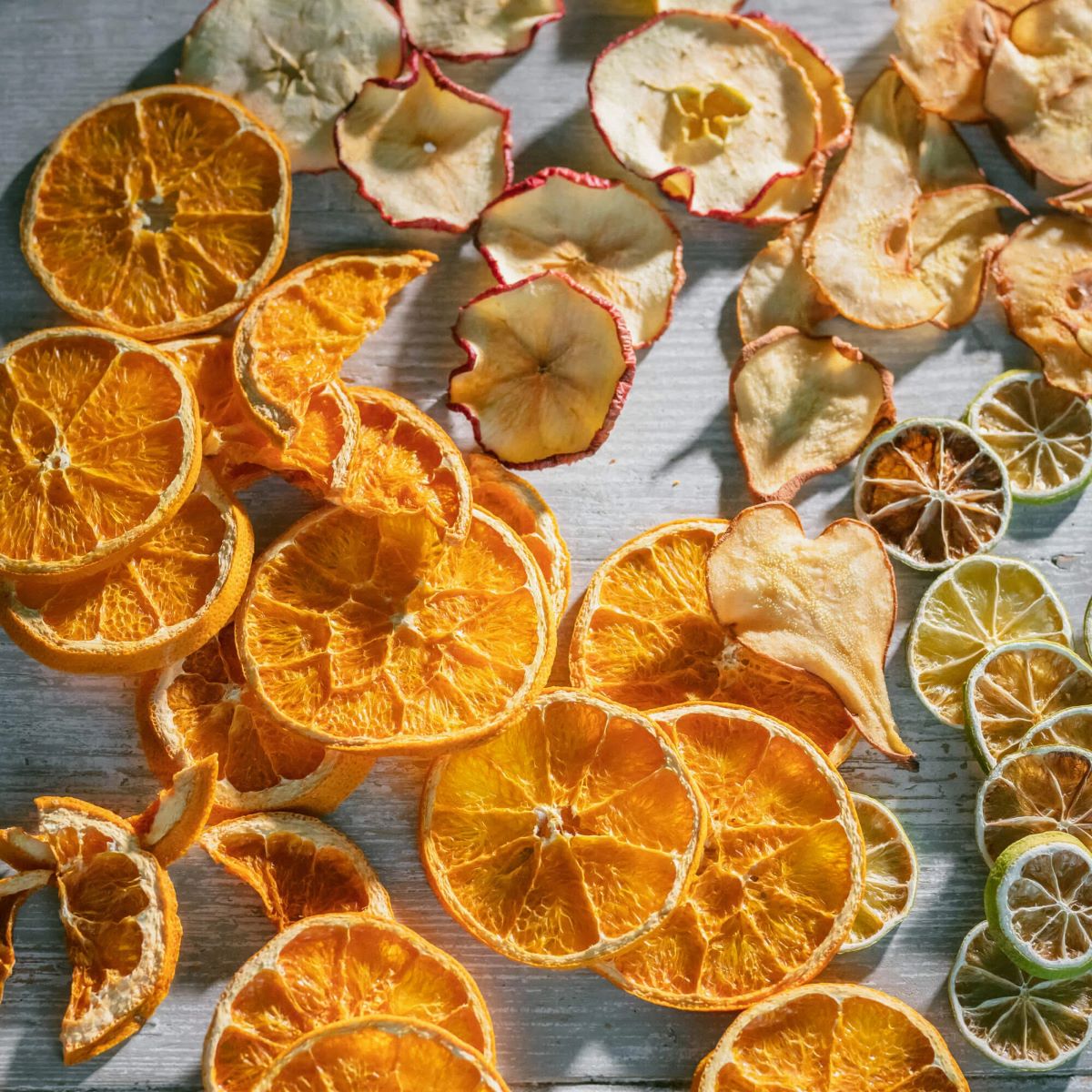
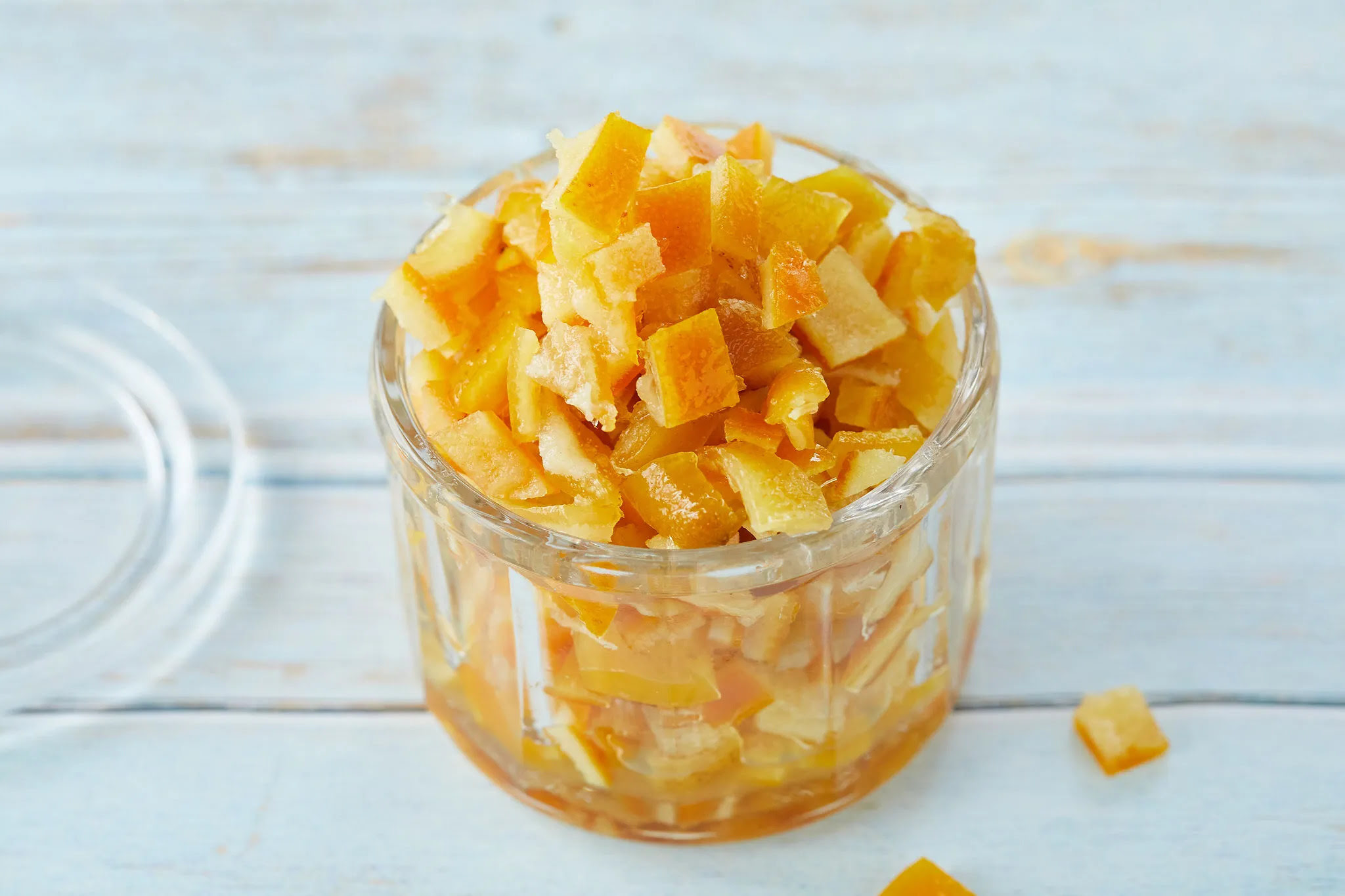
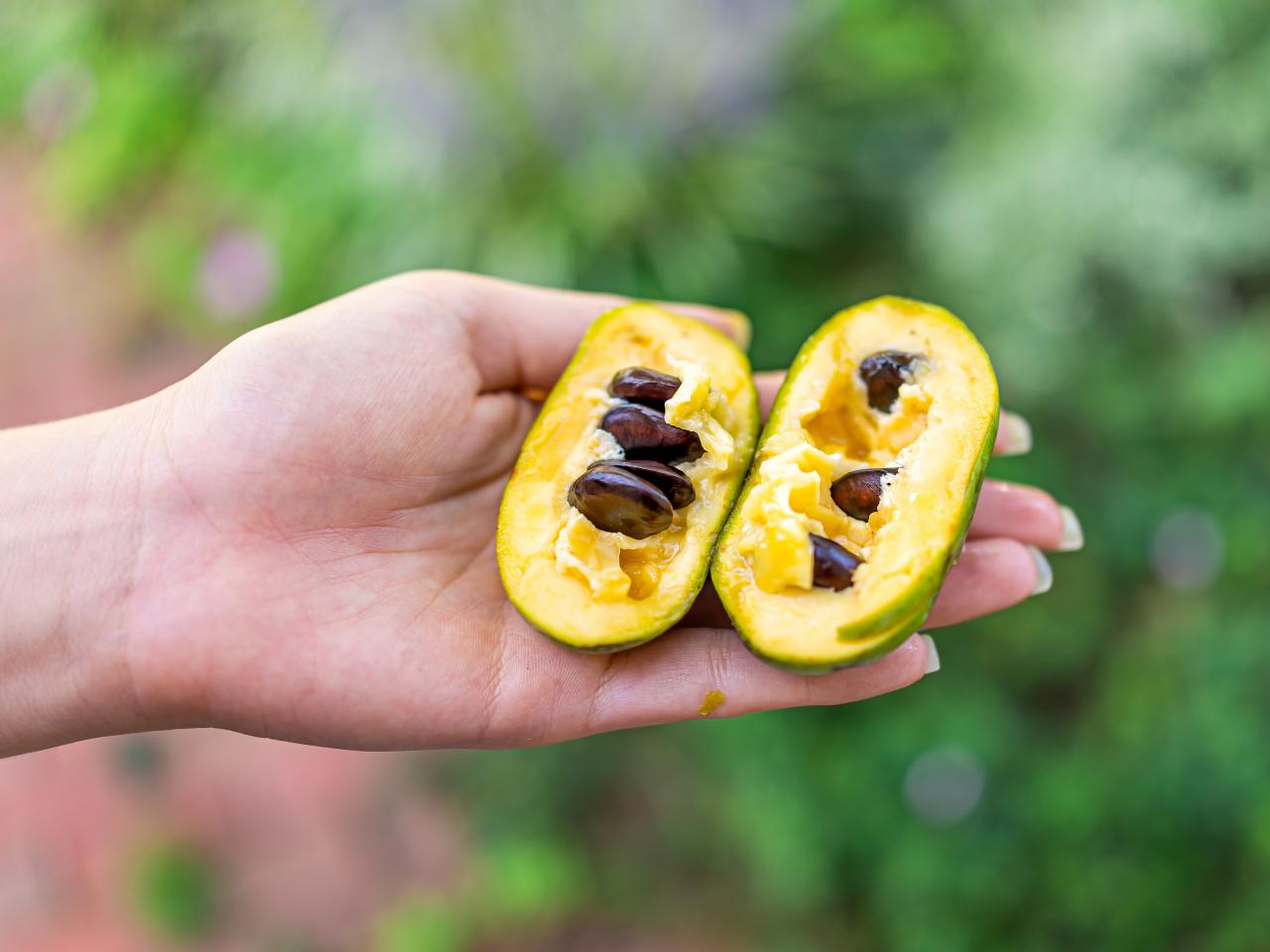


0 thoughts on “How To Store Cacao Fruit”